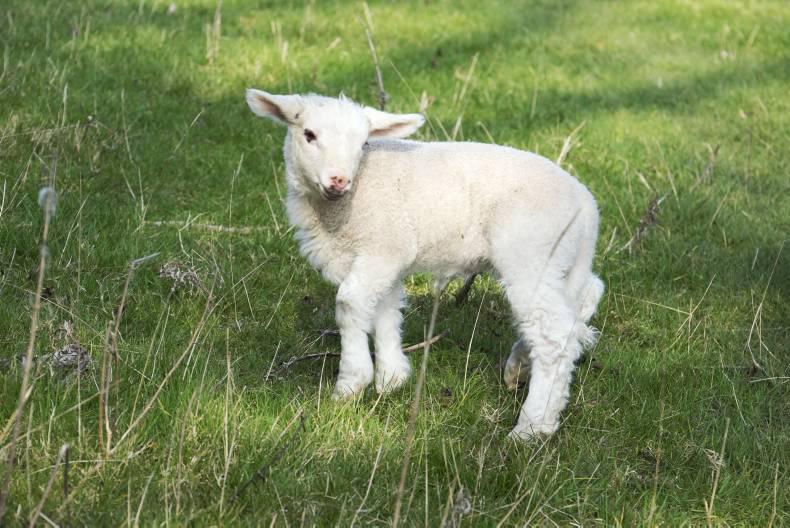The most recently estimated cost to Australia's economy of wild dog attacks on the country's livestock is in the region of $66.3 million a year.
As many as 1,000 Australian landholders dedicate close to a month out of every year tackling the issue. On average, each landholder spends around $7,200 (€4,745) a year on wild dog management.
These figures come from a recent report from the research bureau in Australia's Department of Agriculture.
The report underlines the serious financial and social impacts of wild dog attacks on Australia's sheep and cattle industries.
The impact of wild dogs is mainly felt across Queensland, the pastoral and now cereal zones of Western Australia, the New South Wales and South Australian pastoral zone, and along the Great Dividing Range in NSW and Victoria.
Commenting on the report, Australia's Minister for Agriculture Barnaby Joyce said: "Those figures only take into account the direct costs of management efforts, like baiting and trapping, materials and so on. When you look at the financial costs across the whole sector - in livestock losses, disease transmission and control costs - the costs could be significantly higher."
“And of course, the financial cost doesn’t account for the personal impacts of wild dog attacks, that leave farmers deeply distressed and angry."
Action
However, the figures have served to galvanise Australia's government into action and in recent weeks it has invested an additional $1.35 million for the continued implementation of its National Wild Dog Action Plan, a national strategy that aims to get better co-ordination between stakeholders working on wild dog control across the country.
It has also provided $1 million for a project to develop and test Wild Dog Alert - an early warning system that has the potential to save farmers time and money in managing wild dogs, and reduce the impacts of wild dog attacks.
Australian Wool Innovation Limited (AWI), who commissioned the report, has its own Wild Dog Control Programme, the main weapon of which is baiting. AWI promotes the use of baiting with sodium fluoroacetate (1080) and has argued strongly for the continued availability of 1080 for wild dog control.
It has also invested in a new wild dog toxin, PAPP, which causes rapid death in dogs and foxes.
The group also supports trapper training in Queensland where access to trappers is difficult and landholders request training to fill the gap.
Ireland's fight
Unlike Australia, Ireland's problem has less to do with wild dogs than with domesticated or pet dogs.
Therefore, measures taken to control the issue of dog attacks in Ireland are less severe than baiting and trapping and are more concerned with urging dog-owners to take control of their pet to reduce the likelihood of an attack taking place.
These measures include a dog micro-chipping programme instigated by the Irish government. The Department of Agriculture recently contributed €100,000 to this initiative.
The programme has been particularly welcomed by livestock farmers, for whom attacks by dogs on their cattle and sheep are a constant worry.
The most recent figures from the Irish Farmers Association (IFA) indicate that the problem of dog attacks on sheep may be in the order of 300 to 400 attacks per annum, with 3,000 to 4,000 sheep injured and killed. Data on dog attacks gathered by the IFA shows that an average of over 11 sheep are killed or injured per attack. However, John Lynskey, IFA National Sheep Chairman, estimates that only a quarter of attacks are reported, meaning the actual figure is probably much higher.
Dog attack: know your rights
Last year, the IFA also launched a protocol to help farmers who encounter a dog attack on their sheep flock. The protocol involves a 10-point Plan of Action covering what a farmer should do following a dog attack or sheep kill.
Crucially it outlines farmers' legal rights when it comes to protecting their livestock against attacks
It clarifies that it shall be a defence to any action for damages against a person for the shooting of a dog, or to any charge arising out of the shooting of a dog, if the defendant proves that:
the dog was shot when it was worrying, or was about to worry, livestock and that there were no other reasonable means of ending or preventing the worrying; or
the dog was a stray dog which was in the vicinity of a place where livestock had been injured or killed, and the defendant reasonably believed that the dog had been involved in the injury or killing, and there were no practicable means of seizing the dog or ascertaining to whom it belonged; and
he was the person in charge of the livestock; and
he notified within forty-eight hours the member in charge at the nearest Garda Station to the place where the dog was shot of the incident.
Lynskey told the Irish Farmers Journal on Monday: "Unfortunately, I am taking calls on a frequent basis from sheep farmers around the country who have suffered attacks. Only today I had a call about an attack near the Cavan/Monaghan border."
Lynskey added that far too many dog owners were not taking the responsibility that goes with owning a pet. "Dog owners have an obligation to have their dog under control at all times and the IFA runs frequent awareness campaigns to remind dog owners of their responsibilities.”






 This is a subscriber-only article
This is a subscriber-only article










SHARING OPTIONS: